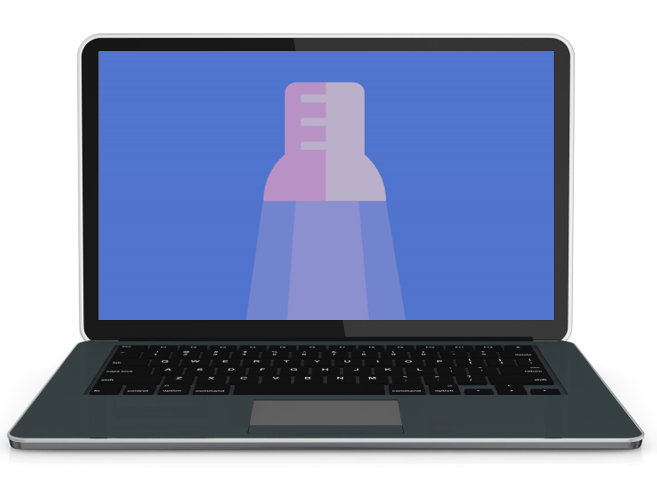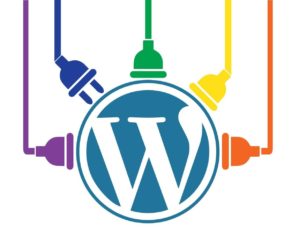A few months ago, we published an article about whether children are getting too much screen time. In this article, we touched base on blue light exposure from smartphones and how it is detrimental to health, however, now the question is whether you’re getting too much screen time as an adult, especially at night.
These days it’s not uncommon to read an e-book, or check Facebook/ Twitter on your phone before you go to sleep at night, but little did you know that the light produced by electronic devices is quite complex as it can be detrimental to your health.
If you knew that science has proven that this can cause long term damage to your eyes, severe insomnia and other medical complications, would this be enough to make you stop your old traditions and leave your phone out of your bedroom at night?
The most harmful thing about using your phone at night is that you’re exposing yourself to a large amount of blue light, a colour of light that our eyes are most sensitive to. This type of lighting is naturally produced by the sun and generated artificially by smartphones and a range of other devices such as: computer monitors, laptops and tablets. Ordinary exposure to this type of lighting during the day improves energy levels, alertness and mood, however exposure to this type of light at the wrong time of day can cause your body to develop misperception as the rays of blue light causing you to produce a smaller amount of melatonin, a hormone that normalizes wakefulness and sleepiness. This is why some people find it difficult to get to sleep at night.
It’s also been proven that extended use of these devices can cause digital eye strain which leads to headaches, dry eyes and blurred vision. However, more severely, side effects include retinal damage and macular degeneration, which has been proven to lead to more significant impairment at night.
The good thing is that while it is harmful to your health, you don’t need to stop your old habits altogether, as there are apps which have been developed and designed just for you, as well as features built into PC, Mac and iPhones which allow you to reduce blue light exposure.
Firstly, we will look into Android:
If you’re using an Android phone/ tablet, there are quite a few apps out there for blue light filters that will allow you to change various settings. Some apps come at a small cost while others are free. One app in particular that is quite popular is called “Blue Light Filter Pro”. Once downloaded from the app store, it’s simple to setup and will allow you to change the filter colour and intensity. You can also change the settings per app you have installed on your phone with this one in particular.
Secondly, we will look into iOS:
If you’re using an iPhone or iPad, you can turn on “Night Shift” from the “Control Centre”. This handy article from Apple Support will guide you through this.
Thirdly, if you’re using a Windows Computer:
You want to get started with “Night Light”. This can be turned on through the “Action Centre” by opening “Settings”, followed by “Display”. Windows released a handy blog on using this built in feature here.
Lastly, if you’re using a Mac:
You can setup and use “Night Shift”. This uses your computer’s clock and location to apply certain settings specific to the time of day it is. You can read on about setting this up through Apple Support here.
If you have any other suggestions for blue light elimination or come across any further findings, feel free to comment below.






